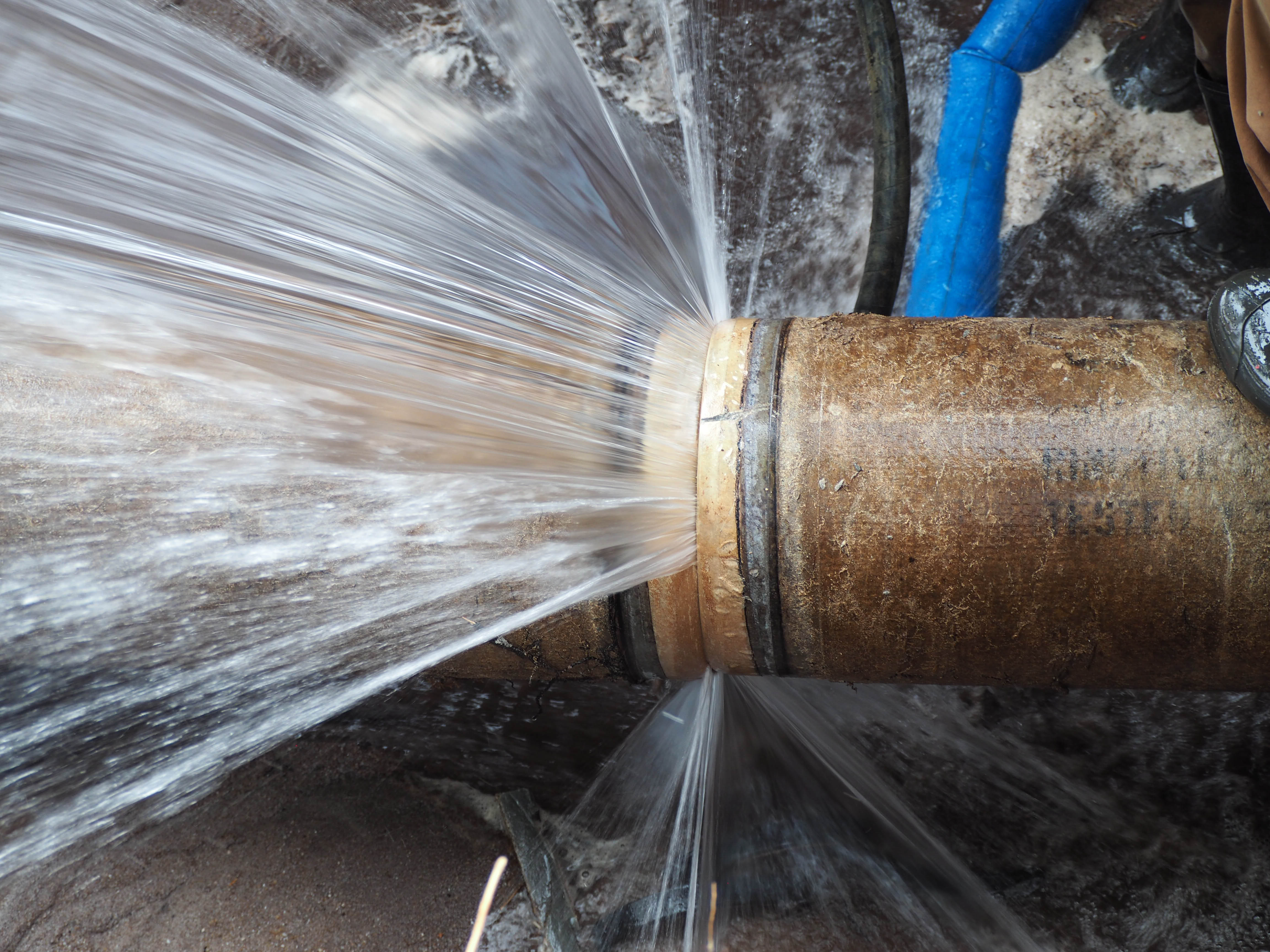Ways to Prevent Frozen Pipes in Winter: Professional Tips
Ways to Prevent Frozen Pipes in Winter: Professional Tips
Blog Article
Do you find yourself looking for facts on Winter Plumbing Precautions: Preventing Frozen Pipes?

Winter can wreak havoc on your pipes, particularly by freezing pipelines. Here's how to avoid it from happening and what to do if it does.
Intro
As temperature levels decline, the risk of icy pipes rises, potentially bring about costly repair work and water damages. Recognizing just how to stop frozen pipelines is essential for homeowners in cool climates.
Avoidance Tips
Insulating at risk pipelines
Wrap pipes in insulation sleeves or utilize heat tape to secure them from freezing temperatures. Focus on pipelines in unheated or outside locations of the home.
Heating techniques
Keep indoor areas appropriately heated up, specifically locations with pipes. Open cupboard doors to allow cozy air to distribute around pipelines under sinks.
Exactly how to identify icy pipes
Seek reduced water circulation from faucets, uncommon odors or sounds from pipelines, and visible frost on revealed pipes.
Long-Term Solutions
Architectural adjustments
Consider rerouting pipes far from outside wall surfaces or unheated areas. Include extra insulation to attics, basements, and crawl spaces.
Upgrading insulation
Purchase high-quality insulation for pipes, attic rooms, and walls. Appropriate insulation assists maintain constant temperatures and minimizes the danger of icy pipes.
Securing Outdoor Pipes
Yard tubes and outside faucets
Detach and drain pipes yard hoses before winter months. Install frost-proof faucets or cover outdoor faucets with insulated caps.
Recognizing Frozen Pipelines
What creates pipelines to freeze?
Pipelines ice up when exposed to temperatures below 32 ° F (0 ° C) for prolonged durations. As water inside the pipes ices up, it increases, putting pressure on the pipe walls and potentially causing them to rupture.
Dangers and damages
Icy pipes can lead to supply of water interruptions, residential property damage, and pricey repairs. Ruptured pipes can flood homes and cause extensive architectural damages.
Indications of Frozen Pipeline
Determining icy pipelines early can stop them from breaking.
What to Do If Your Pipelines Freeze
Immediate actions to take
If you suspect icy pipes, maintain faucets available to relieve pressure as the ice thaws. Use a hairdryer or towels taken in hot water to thaw pipes gradually.
Verdict
Preventing icy pipes requires aggressive steps and quick feedbacks. By recognizing the reasons, indications, and preventive measures, house owners can shield their plumbing throughout winter.
6 Proven Ways to Prevent Frozen Pipes and Protect Your Home
Disconnect and Drain Garden Hoses
Before winter arrives, start by disconnecting your garden hoses and draining any remaining water. Close the shut-off valves that supply outdoor hose bibs and leave the outdoor faucet open to allow any residual water to drain. For extra protection, consider using faucet covers throughout the colder months. It’s also important to drain water from any sprinkler supply lines following the manufacturer’s directions.
Insulate Exposed Pipes
Insulating your pipes is an effective way to prevent freezing. Pipe insulation is readily available at home improvement stores and is relatively inexpensive. Pay close attention to pipes in unheated areas such as the attic, basement, crawl spaces, or garage. Apply foam insulation generously to create a buffer against the cold. You can also wrap your pipes in heat tape or thermostat-controlled heat cables for added warmth.
Seal Air Leaks
Inspect your home for any cracks or openings that could let in cold air. Seal any holes around the piping in interior or exterior walls, as well as the sill plates where your home rests on its foundation. Additionally, make sure to keep your garage door closed unless you’re entering or exiting. Leaving it open creates a significant air leak that can lead to frozen pipes.
Allow Warm Air Circulation
During cold snaps, it’s essential to allow warm air to circulate evenly throughout your home. Leave interior doors ajar to promote better airflow. Open kitchen and bathroom cabinets to help distribute heat consistently around the rooms. If you have small children or pets, be sure to remove any household chemicals or potentially harmful cleaners from open cabinets for safety.
Let Faucets Drip
A small trickle of water can make a big difference in preventing ice formation inside your pipes. When temperatures drop significantly, start a drip of water from all faucets served by exposed pipes. This continuous flow helps prevent the water from freezing. Additionally, running a few faucets slightly can relieve pressure inside the pipes, reducing the chances of a rupture if the water inside does freeze.
https://choateshvac.com/6-proven-ways-to-prevent-frozen-pipes-and-protect-your-home/

Do you enjoy more info about How To Avoid Freezing Pipes? Put feedback below. We would be pleased to find out your insights about this review. In hopes that you come back again in the near future. Don't hesitate to pause to share this content if you enjoyed it. I enjoy your readership.
Call Today Report this page